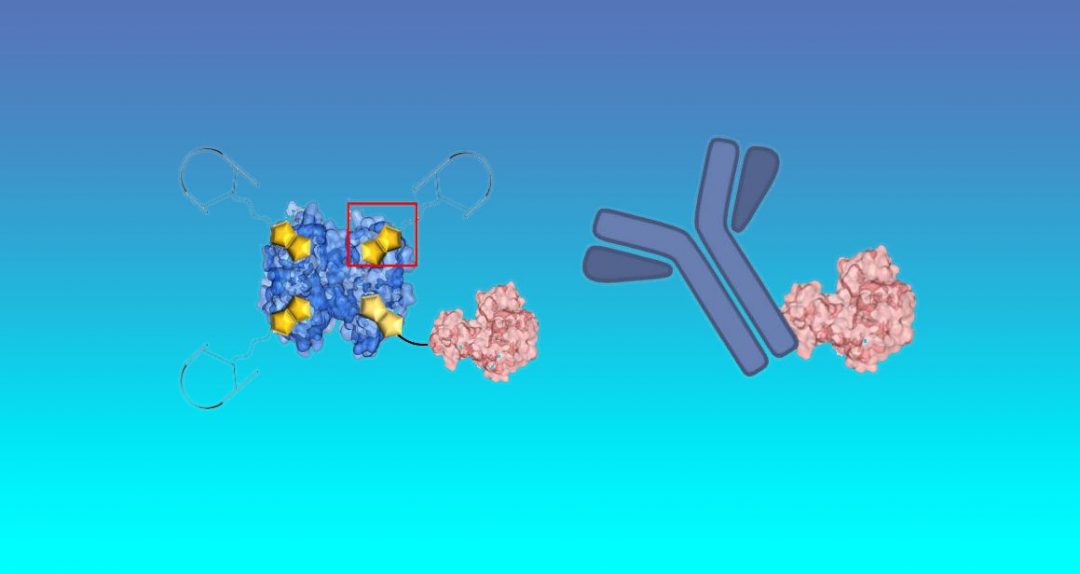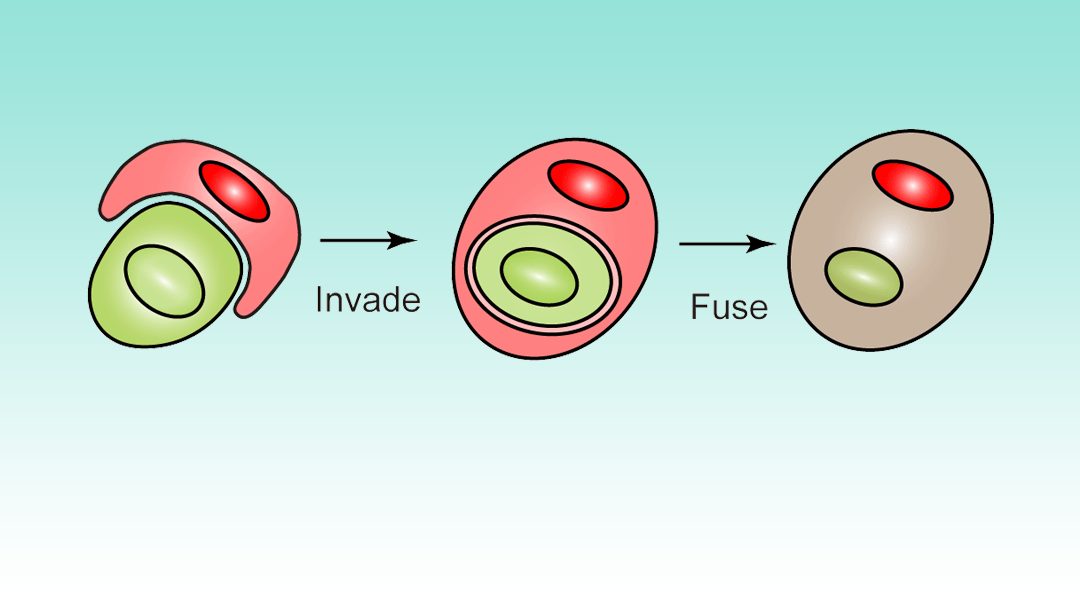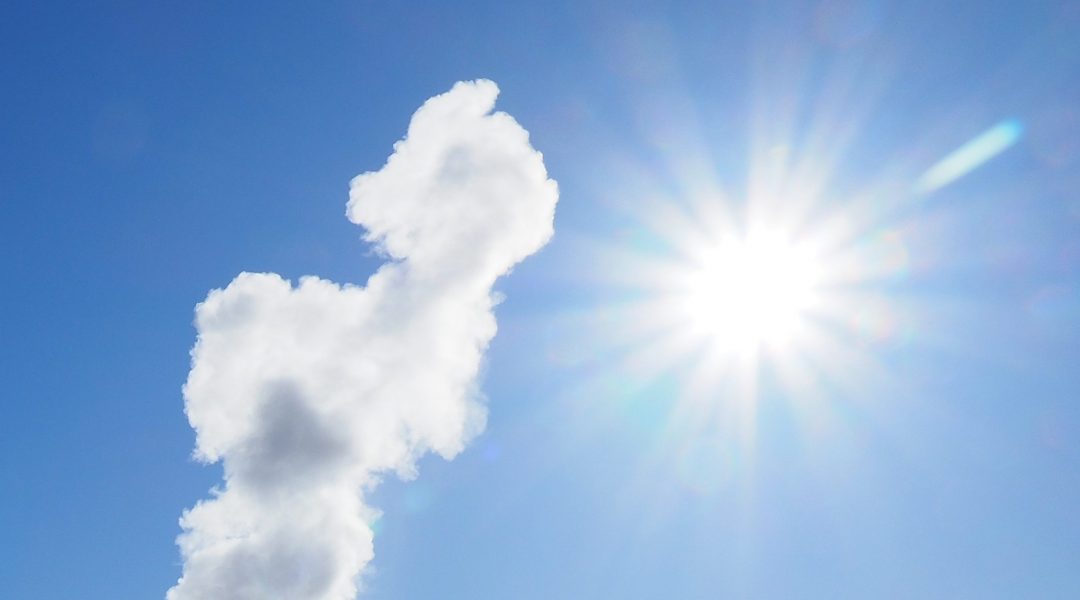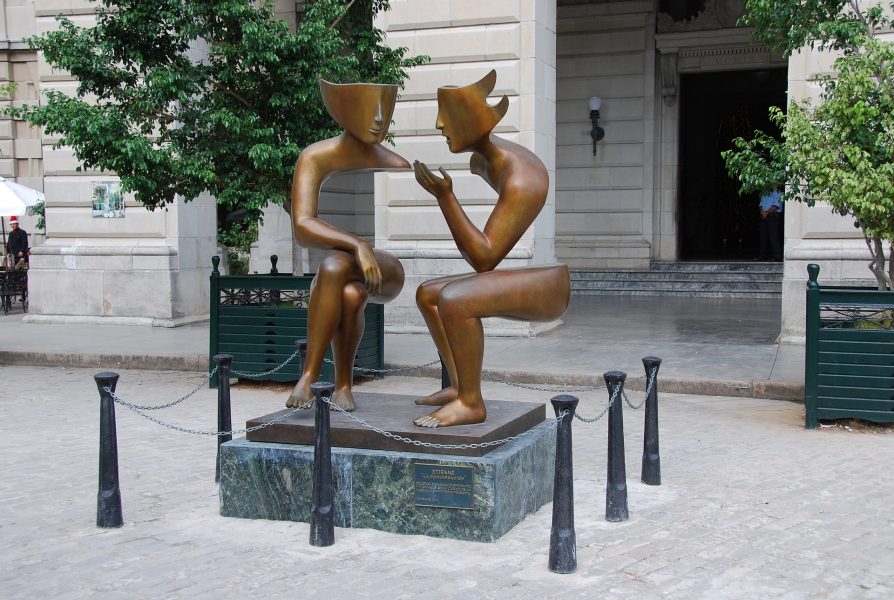Bioactive entities are combined into structurally ordered multidomain protein complexes to mitigate selective targeting of a hallmark protein molecule in cancer diseases.


Bioactive entities are combined into structurally ordered multidomain protein complexes to mitigate selective targeting of a hallmark protein molecule in cancer diseases.

This non-viral CRISPR-Cas9 delivery vector is ten times as effective at genome modification as the standard plasmid transfection techniques, down-regulating Plk1 expression over 70% to inhibit tumor growth.

A smart cell-targeting approach for potential use in specific cell ablation.

A near perfect energy conversion efficiency can be achieved in a solar vapor generation process.

A true invisibility cloak would encompass an object, and manipulate light, in a manner such that it traveled around the object, rather than reflecting off it. A recent paper reports some exciting progress toward such a design.

Artificial intelligence is used to analyze the parameters for creating self-cleaning, superhydrophobic surfaces, and to generate a model for optimizing the experimental conditions.
![Nanostructured Water Treatment Membranes Based on Thermotropic Liquid Crystals [Video]](https://www.advancedsciencenews.com/wp-content/uploads/2018/02/advs20170405_ASN_image.png)
A team of researchers design sub-nanoporous, selective membranes for water treatment using self-assembled liquid crystal (LC) monomers. The membranes show salt rejection ability, ion selectivity, and excellent water permeability.

The Banksia delays the release of its mature seed bank until conditions are right for new plants. Now we know what triggers it to let go.

Using residual stress-based self-folding, a multielectrode shell wraps around primary heart cells and functions as an electrical shell-like recording device

Biophotovoltaic devices by incorporation of oriented Photosystem I via phage display.